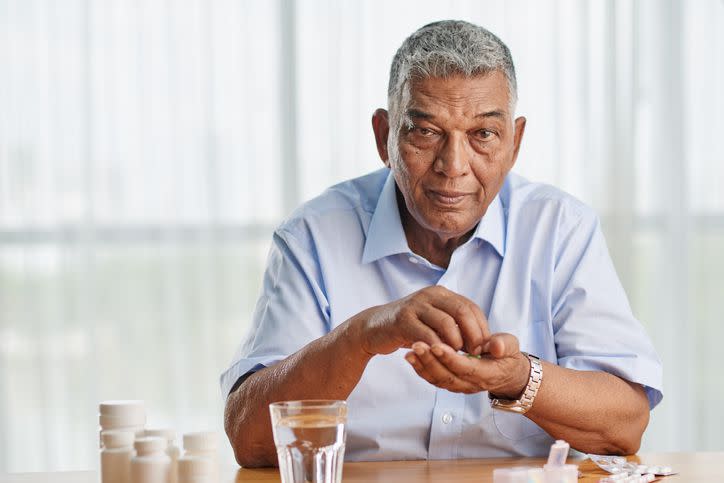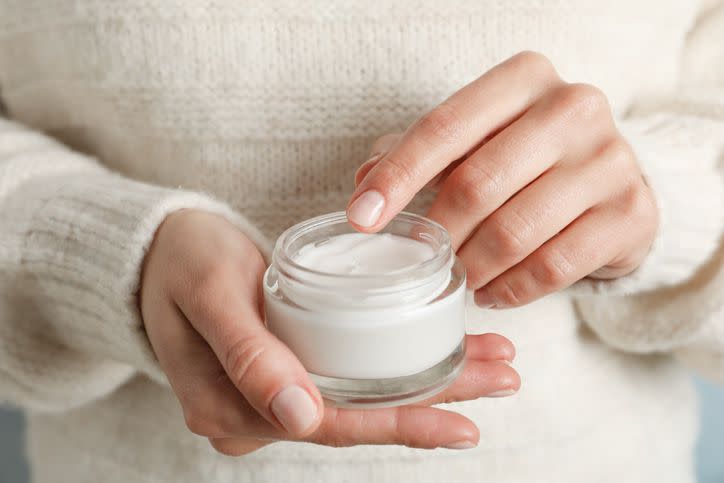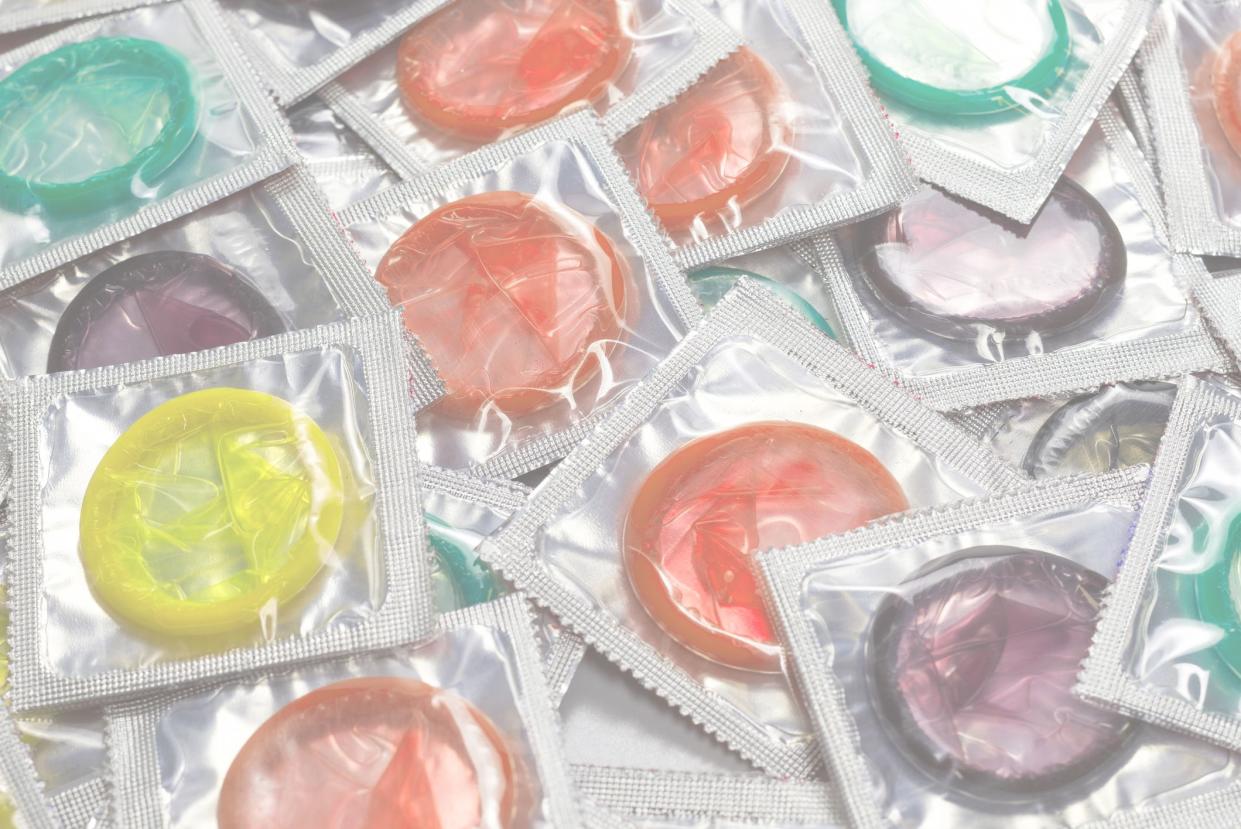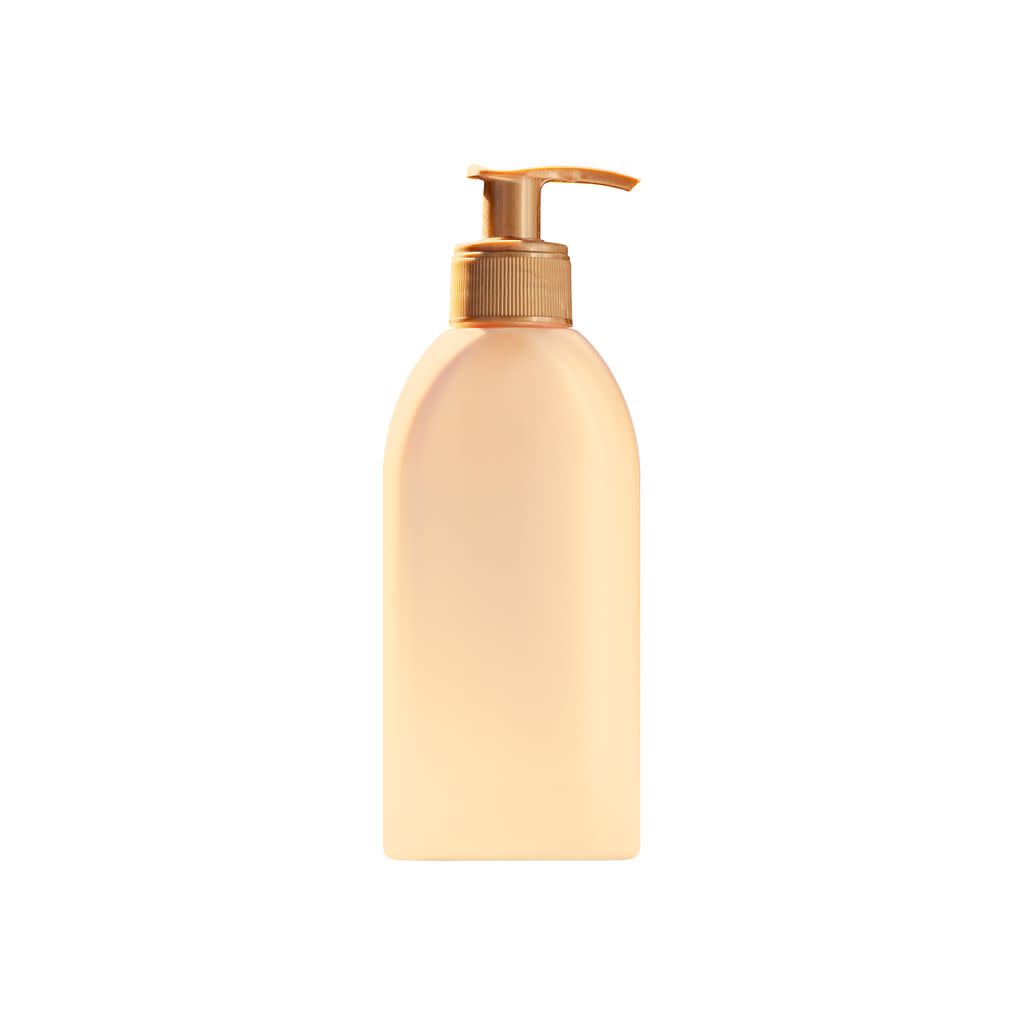10 Ways to Prevent PE & Last Longer in the Bedroom

10 Ways to Prevent PE & Last Longer in the Bedroom
Some research suggests PE affects up to 39 percent of men (with estimates varying widely and reports often subjective). So, if you feel you’re not in tune with your ideal stamina, you’re not alone. And you’re also not stuck — most cases of PE are treatable.
Stopping PE may involve a mix of various behavioral strategies and medications to help you along the way, including antidepressants, ED medications, kegels, therapy or going at it solo.
Read on to learn more about how each of those methods can work alone or together to keep you in the saddle longer.

A Word on How Long Intercourse Should Last
Before you go worrying about how you stack up, consider the facts. Unlike the feature-length performances in adult films, research shows that the average guy lasts between four and seven minutes during intercourse.
Under the average? Well, women seem to be less concerned about this than men. In one study from 2003, researchers found that women tended to worry less about their partner’s rapid finishing (a term for PE) than men did about their own time to reach climax.
In other words, there’s no reason to worry if you’re not seeing the times you’d like. PE is highly treatable, and we’re going to show you how.

How to Prevent PE: Treatments
If you have PE and think medication may help you, it’s best to contact a healthcare professional, like a urologist, to talk about your options. Generally, however, they will point to one of a wide range of treatments that include everything from medication and desensitizing agents to solo time and control exercises.
Let’s look at your options.

Selective Serotonin Reuptake Inhibitors (SSRIs)
Research shows that antidepressants prescribed off-label can help to slow climax and prolong intimacy for men with PE.
In a 2007 study published in the journal Therapeutics and Clinical Risk Management, men suffering from PE were prescribed either paroxetine, fluoxetine or escitalopram.
All three of these drugs are selective serotonin reuptake inhibitors (SSRIs), which are usually used to treat depression and anxiety disorders.
The drugs were administered to study participants in the morning for four weeks, after which the men treated with SSRIs showed improvements in intimacy function and a reduction in PE severity using a validated questionnaire.
Interestingly, there was no difference in results between the different drugs, suggesting that all three of the SSRIs used in the study could be effective in stopping PE.
SSRIs require a valid prescription, meaning you’ll need to talk to a licensed healthcare provider to use this type of medication.
In some cases, SSRIs can cause side effects you should be aware of before beginning treatment.

ED Medications
Some medications for ED, such as sildenafil (the active ingredient in Viagra), may help prolong intimacy and reduce your risk of experiencing another bedroom dysfunction: PE.
A 2007 study published in the International Journal of Urology found that men with PE experienced more improvements from sildenafil than they did from the SSRI paroxetine or the squeeze technique.
Another, small study published in the International Brazilian Journal of Urology, also found that a daily dosage of tadalafil (Cialis) produced a modest increase in latency time in men with ED.
Although these study findings are promising, it’s important to understand that research into the effects of ED medications for PE isn’t comprehensive right now.
In addition to sildenafil and tadalafil, other medications designed to treat ED include vardenafil (Levitra) and avanafil (Stendra).

Anesthetic Creams, Sprays and Other Products
Several topical treatments are available for PE, including creams and sprays that contain anesthetics.
These medications are designed to be applied to the most sensitive parts and head of the male reproductive organ and can change its level of sensitivity, allowing you to last longer during intercourse.
Common ingredients in topical creams, sprays and other medications for PE include lidocaine, benzocaine and prilocaine.
Research shows that these topical anesthetics are effective.
One study published in the journal Andrologia found that men who used a lidocaine-prilocaine treatment were able to be intimate for longer before climaxing than men who used a non-therapeutic placebo.
Another study published in the International Journal of Impotence Research found that men with PE who used a lidocaine spray before intercourse experienced a statistically significant improvement in time to climax and intercourse frequency over the course of eight weeks.
In short, using the lidocaine spray not only reduced the severity of PE, but it also resulted in more intimate encounters overall.

Using Thick, “Extended Pleasure” Condoms
If you’re prone to PE, you may benefit from using condoms designed to delay climax.
These are often labeled as “stamina” or “extended pleasure” condoms. They tend to be slightly thicker than regular condoms and sometimes have a mild topical anesthetic applied to the side of the condom that comes into contact with your parts.
In addition to potentially slowing down time to climax, using condoms provides an additional layer of protection against many STIs.

Can Surgery Fix PE?
Can surgery stop PE? There are a few different surgeries available to treat PE. However, the ISSM doesn’t recommend these as options.
In ISSM's estimation, the risk for permanent damage and loss of intimacy function could be too great, according to a review published in the journal, Translational Andrology and Urology.

How to Stop Climax: Exercises
Several behavioral techniques can be used as treatment options to prevent PE, including simple techniques that can be performed during intercourse.

The “Stop-Start” Technique
One of the oldest tricks in the book, the stop-start technique is exactly what it sounds like: a PE management option where you stop intercourse, then start again when you’re not about to climax. Then repeat the process until you’re ready to finish.
You can practice the stop-start technique with your partner or by yourself.
Using this process can also help you eventually feel more confident in your ability to control your climax and not finish too quickly.
As simplistic as the stop-start strategy sounds, research shows that it’s a relatively effective way to address PE in the short term.
For example, a scientific review published in Therapeutic Advances in Urology concluded that 45 to 65 percent of men with PE report benefits from this technique.
However, there’s relatively little data available on the long-term results from using the stop-start technique.
Since the stop-start strategy doesn’t involve any medications or costly medical treatments, it’s a helpful first option for addressing PE.

The “Squeeze” Technique
Another common technique used to manage PE is the “squeeze” or “pause-squeeze” technique.
During intercourse, as you’re approaching climax, you (or your partner) should firmly squeeze the area between the shaft and glans of your member to stop you from finishing and pinch the urethra gently closed.
Although there’s no exact amount of time that you should squeeze, most resources suggest around 30 seconds.
By using the squeeze technique, you can delay climax several times, allowing you to stop finishing too soon.
Like the stop-start technique, the squeeze method is generally effective, but also has certain downsides.
Since it results in a stop in your activity and pleasure, it may become an annoyance for both you and your partner.
During the brief stop in intercourse, you may develop weaker arousal — something that might affect your performance and enjoyment if you’re prone to ED.

Going Solo Before Intercourse
Sometimes, the easiest way to increase your time to climax is to simply do it solo shortly before you plan to have intercourse. How not to climax fast may just be a question of climaxing sooner — before intimacy.
While there’s no scientific evidence to support this method, many men find that going solo shortly before intercourse is an effective way to delay climax and prevent PE.
The idea behind this approach is that during the refractory period (a recovery phase that occurs after climax), most men won’t be able to climax for a little while.
Despite the relative lack of evidence, this is a simple, free and low-risk method you can try to slow the process of reaching climax and prevent yourself from finishing too soon.

Kegel Exercises (Pelvic Floor Exercises)
You probably think kegel exercises are exclusively for women, but there's research out there to suggest that kegel exercises can help increase climax latency and prevent PE in men.
For example, a 2014 study published in Therapeutic Advances in Urology found that men who performed pelvic floor muscle exercises for 12 weeks developed greater control over their reflex and increased their average time to climax during intercourse.
Other research published in the journal, Physiotherapy, found that pelvic floor muscle exercises may help improve other performance issues, such as ED.

Counseling or Therapy
Psychological factors such as anxiety or guilt about engaging in intimate behavior may contribute to PE.
If your PE is related to your mental health or relationship problems, you may benefit from therapy and/or counseling.
In a small study published in the National Journal of Andrology, men suffering from PE were treated through a six-time course of behavioral therapy, two to three times per week.
After the treatment, the men were able to last longer before reaching climax during intercourse. The men who took part in the study and their partners also reported higher levels of satisfaction.
The men in the study also reported lower levels of performance anxiety and nervousness — factors that can often contribute to PE and other performance issues.
Research published in the journal Translational Andrology and Urology also shows that a mix of psychotherapy and medication is often more effective at stopping PE than medication alone.
Several different forms of therapy are used to treat PE and other issues that can affect your intimacy health, including therapy and cognitive behavioral therapy (CBT).
Counseling and therapy are often combined with other treatments, such as medication, to help you overcome PE and improve your bedroom experience.

Diversionary Thoughts
Sometimes, changing what you think about during intercourse can help delay climax so you can avoid PE.
This mental method is referred to as diversionary thinking. The theory is that by thinking about things other than intercourse, you’re less likely to reach the level of mental stimulation required to reach climax.
While some may find picturing their tax returns to be helpful, there’s no scientific research on its effectiveness. In fact, aside from a bunch of guys repeating the “think about baseball” line to each other, anecdotal evidence is all we have in support.
Some researchers have even pointed out that these techniques tend to be unsuccessful over time because they reduce pleasure over all.
There’s also a downside in that it can reduce the pleasure of intercourse by taking you out of the moment.

How to Fix PE
Preventing PE is something that can be done at home. You can try:
Using thick condoms to decrease sensation
Going solo one or two hours before intercourse to take advantage of the refractory period
Utilize techniques like stop-start or the squeeze technique to manually reduce your reflex.
Try using desensitizing sprays and creams
Speak to a healthcare professional about medications like SSRIs and Viagra.
Another reminder: this isn’t your fault, and it’s not something to be ashamed of.
PE can be a frustrating, challenging issue that affects both your bedroom life and self-esteem. Luckily, PE is a treatable issue.
The best solution always starts with a conversation with a healthcare professional, who can help you determine the potential causes of your own individual PE problem, and suggest treatment options tailored to your needs.
Through medication, behavioral therapy or a combination of the two, many men with PE are able to increase their latency and enjoy more exciting, pleasurable intimacy.
This article originally appeared on Hims.com and was syndicated by MediaFeed.org.





